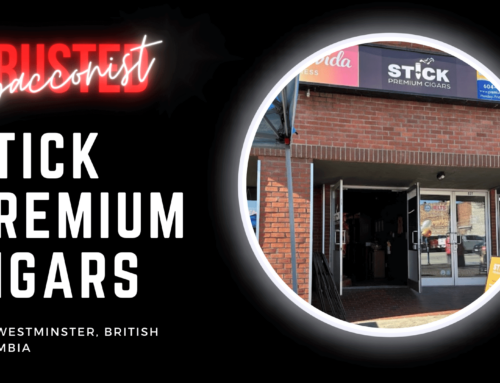The arrival of 2022 marks exactly 90 years of involvement within the Canadian tobacco industry for the Horvath family. As House Of Horvath celebrates this major milestone, the company sets its sights on strengthening ties with its tobacconists, as well as a roster of suppliers that are comprised of primarily iconic family-run companies. At the same time, plain packaging laws become a reality in Canada.
First, a brief look back on 9 decades worth of innovation in the Canadian tobacco industry for the Horvath family.
90 Years: Looking Back
Things initially kicked off in the year 1932 when Joseph Horvath Sr., a recent immigrant from Transylvania (yes, that Transylvania) opened a tobacco store in Toronto called Blue King Tobaccos. At Blue King, Joseph began making both rough cut and fine cut tobaccos with leaf that he sourced from Delhi and Simcoe, Ontario.
As sales grew, he hired a few Cuban immigrants to help roll cigars.
As his own tobacco products began to quickly outsell other brands that he carried, he decided to make the jump to being a full-time manufacturer, and established the Ontario Tobacco Company on Stafford St. In Toronto.
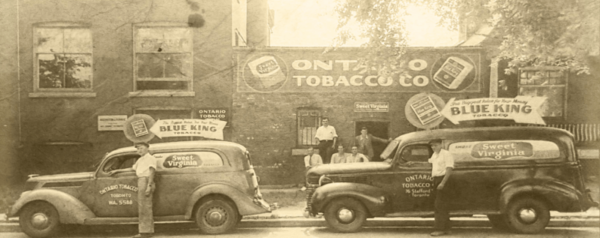
At Ontario Tobacco Co., Joe initiated a machine assisted process to making cigars. Over the years he also gained the rights to distribute the cigars of other companies – cigars such as the popular King Edward.
After years of growing his staff and expanding the factory, Joe ultimately sold the company to Macdonald Tobacco in 1969 and was hired on alongside his mechanical engineer Leslie Albert Sr. and his son, Joe Horvath Jr. at what was now called The Macdonald Ontario Tobacco Company, situated on Sunrise Avenue in Toronto’s east end.
Shortly after Joe Sr.’s passing in 1971, The Macdonald Ontario Tobacco Company relocated to Montreal, Quebec, and Joe Jr. and Leslie Albert Sr. thus decided to open House of Horvath in honour of Joe Sr.
It first opened it’s doors in 1977 on Ossington Ave. in Toronto, Ontario – where it stands to this very day.
Over the years, House Of Horvath continued making cigars by machine-assisted process as well as distributing many popular brands.
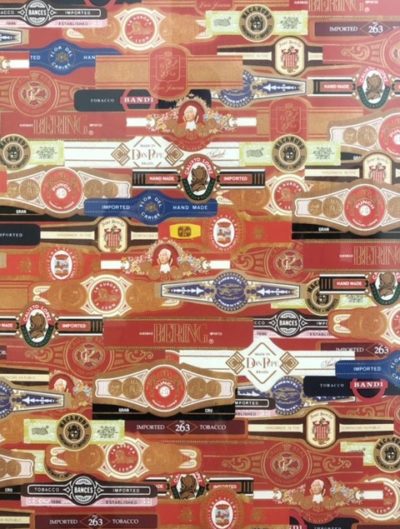
A mural proudly displays bands of many cigars that House Of Horvath has either manufactured or distributed
During this time they established strong relationships with many prominent figures in the industry and with many family run companies that were not all too dissimilar from theirs.
Such partnerships would help them sustain growth throughout the 1980s, and thrive through the cigar boom of the 1990s.
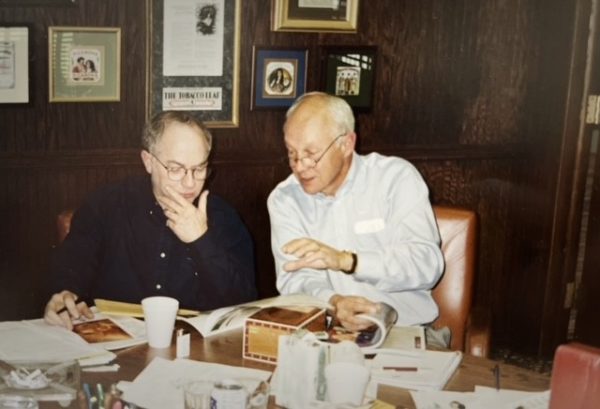
Lew Rothman (L) of JR Cigar and Joe Horvath Jr. (R) in 1997. In the 90s it was difficult to keep cigars on the shelf due to high demand, and it was Lew who helped keep the supply healthy at H Of H.
Today, House Of Horvath boasts a portfolio of some of the biggest non-Cuban names in the industry and continues to successfully manufacture their own cigars.
In addition to manufacturing cigars on premise, House Of Horvath also has numerous cigars manufactured for them by La Aurora and Placencia – two companies that they share a great history with. House Of Horvath Bundles have become increasingly popular as Canadian Plain Packaging laws have come into effect, resulting in a plain, standardized band and box for any cigar sold in Canada.
Given the standardization of the new labels – which now includes new information on country of origin and manufacturer – Canadian customers have increasingly opted to try these competitively priced cigars that now display the name of the original cigar maker (something that was previously unbeknownst to many customers).
2022: Looking Forward
Stepping into a landmark 90th year, House Of Horvath is not without its challenges. A global pandemic persists, and the Canadian government has set its sights on the final implementation of their plain packaging initiative in April 2022.
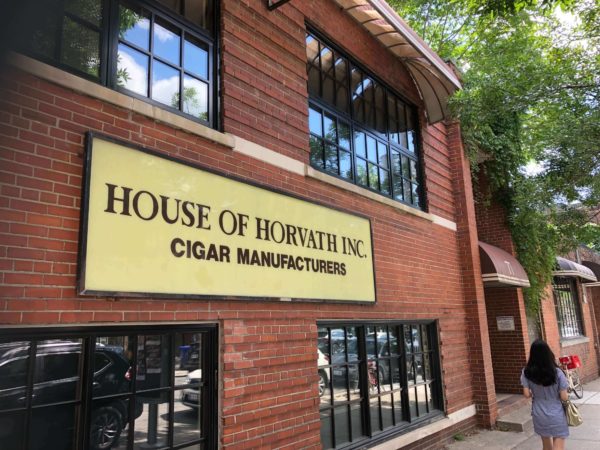
As a result, House Of Horvath have chose to align themselves with many trusted premium brands that are readily identifiable without the aid of logos, branding and marketing. Age old companies such as La Aurora, Arturo Fuente, Toscano, La Joya de Nicaragua, Ashton and others will comprise the bulk of the H Of H catalogue as the plain packaging of cigars in Canada becomes a firm reality.
As the Canadian cigar industry continues to undergo change, House Of Horvath have opted to change along with it, while staying true to their roots and the practices that have got them to where they are today. Beginning in late 2021, they initiated a series of monthly ‘virtual’ cigar tastings, led by some of the most recognized and celebrated faces from around the cigar world.

Carlito approves: screenshot taken from a virtual event for Arturo Fuente with Carlos ‘Carlito’ Fuente (top center) and José Blanco (bottom left) among others
The events see a group of remotely-situated tobacconists be led by a Master Blender (or similar representative) to sample and go over the finer details of a featured cigar for the evening.
While a viral pandemic has resulted in lockdowns and restrictions, House Of Horvath have attempted to bring together Canadian tobacconists to share a love of cigars while gleaning valuable insight into the products they sell.
Summary
Looking back, it’s been quite a wild ride since Joe Sr. first set up shop in Toronto.
90 years later, things are still exciting as ever, and it never ceases to amaze as to what direction the industry will head next. Aligned with Canadian tobacconists (from sea to shining sea) and an industry-leading roster of suppliers, House Of Horvath are positioned to roll with the regulatory punches in 2022, while celebrating 9 decades of tobacco innovation in Canada.
[For a more detailed history behind House Of Horvath, click here]
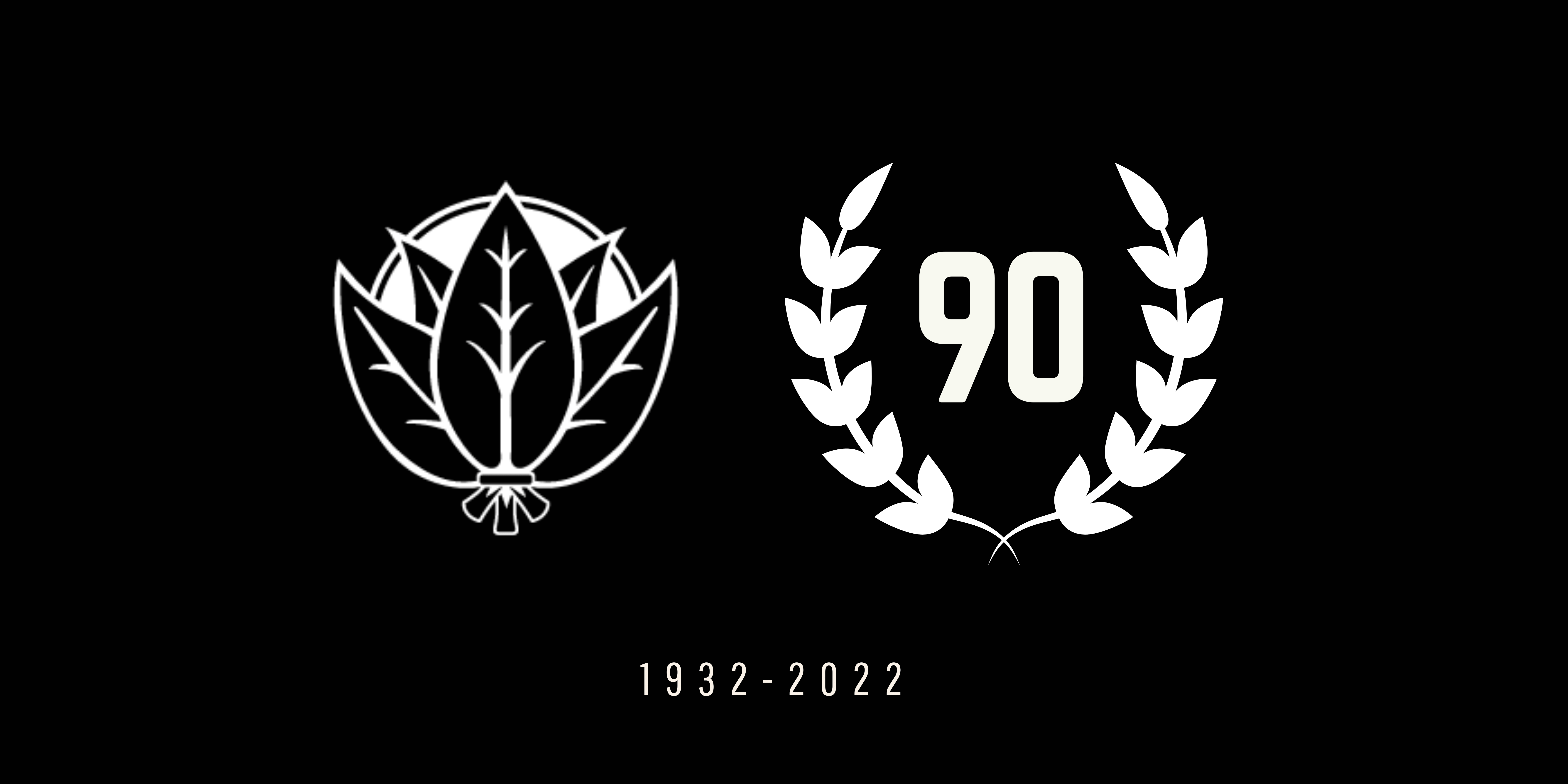
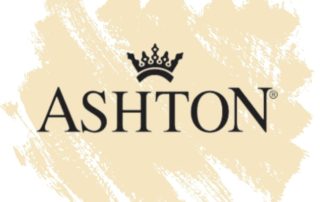
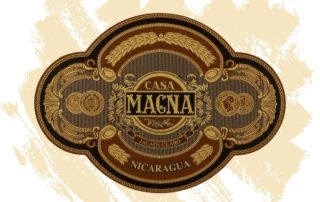
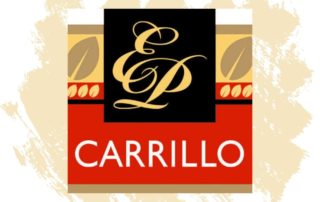
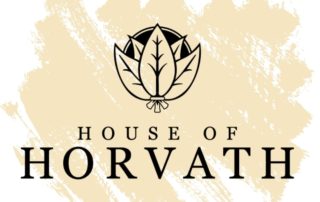
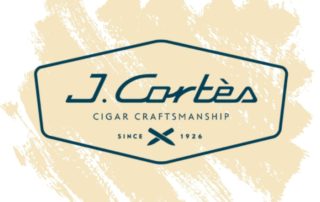
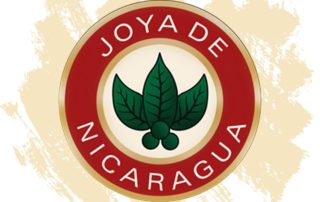
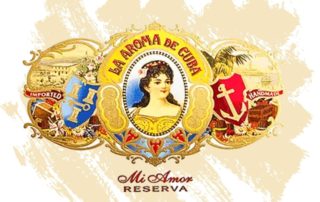
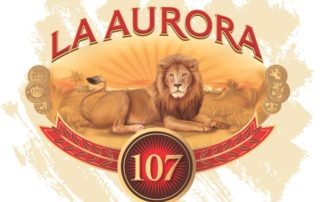
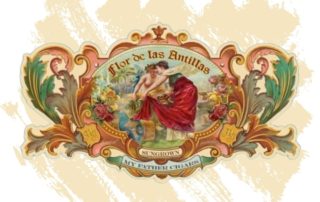
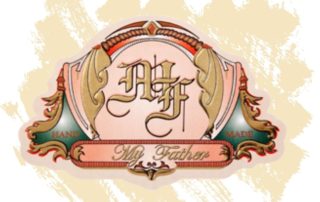
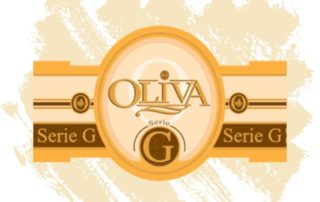
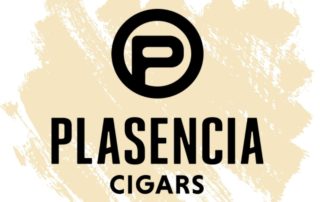
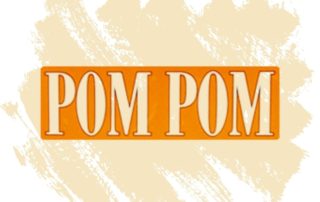
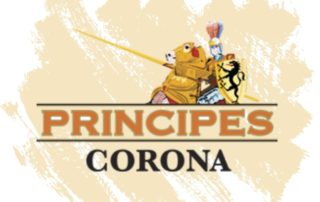
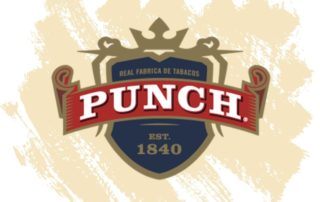

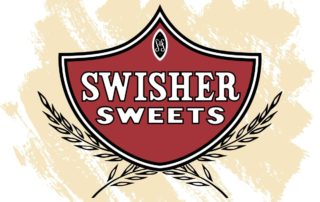
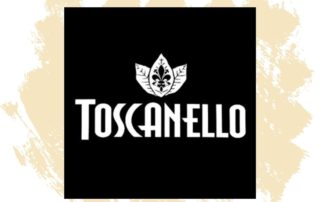
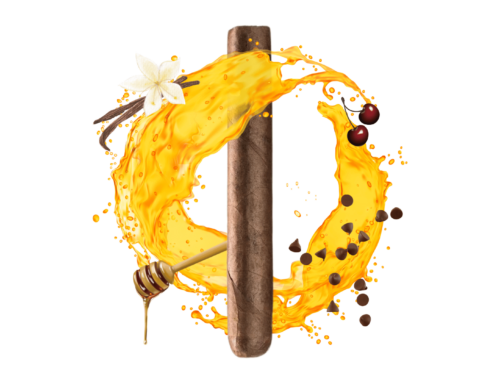
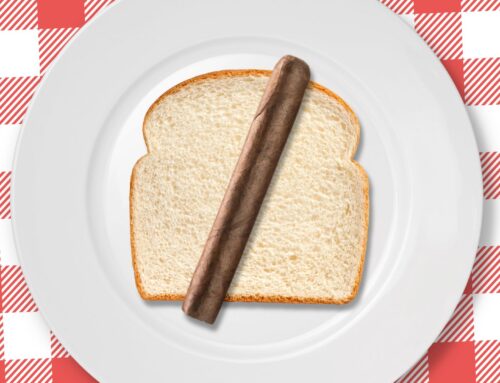
![My Father Cigars: The Art, Tradition, and Style of Cuba [Made in Nicaragua]](https://www.hofhcanada.com/wp-content/uploads/2024/05/My-Father-Garcia-Boys-Cover-Art-2-1-500x383.jpg)
